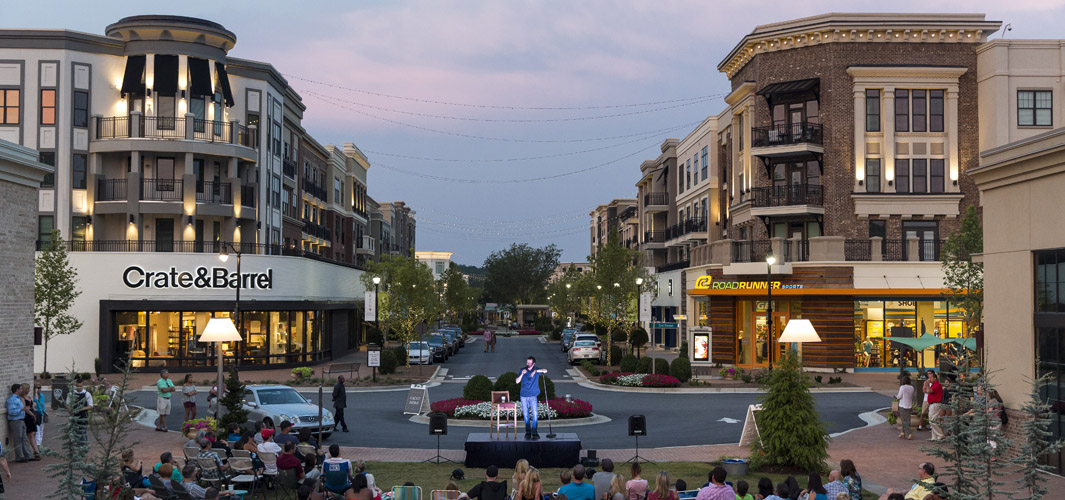The Different Faces of New Urbanism
The Different Faces of New Urbanism If you read the newspaper or business journals, you would assume everyone wants to live in the heart of a big city, in a small apartment in a mixed-use development, located near a transit station and high-rise office building—you get the picture. While the desire for interaction and less car time are the driving forces behind this trend, it fails to address the desire of many for space, affordability and convenience to good dining, entertainment and employment—all attributes of the suburbs. Can these seemingly contradictory trends be satisfied? As discussed in my post “Atlanta’s Edge Cities Develop City Centers,” the answer is yes. Let’s explore some more. City = Cluster of Small Cities? When referring to a city like Atlanta, we can no longer look at it as one homogeneous political entity. Instead, Atlanta is a cluster of smaller cities and unincorporated neighborhoods with distinct









